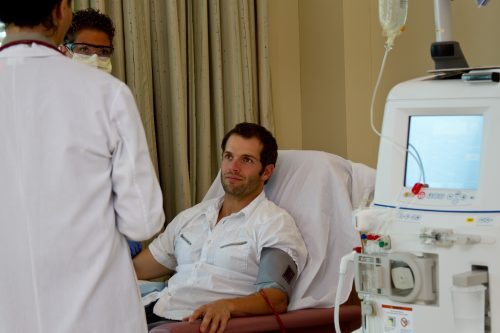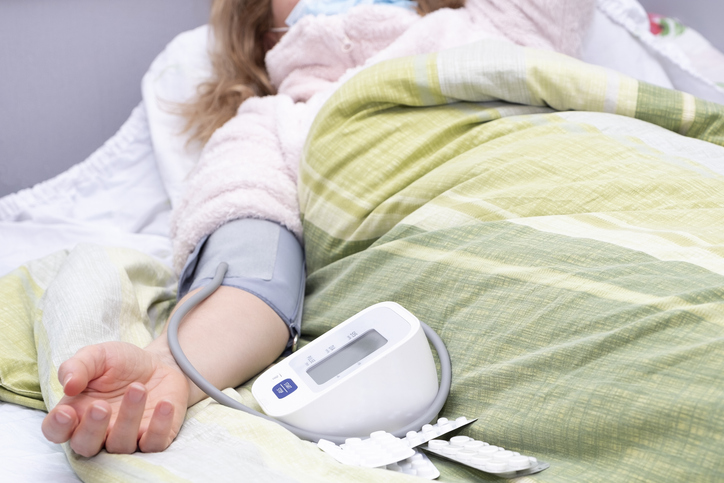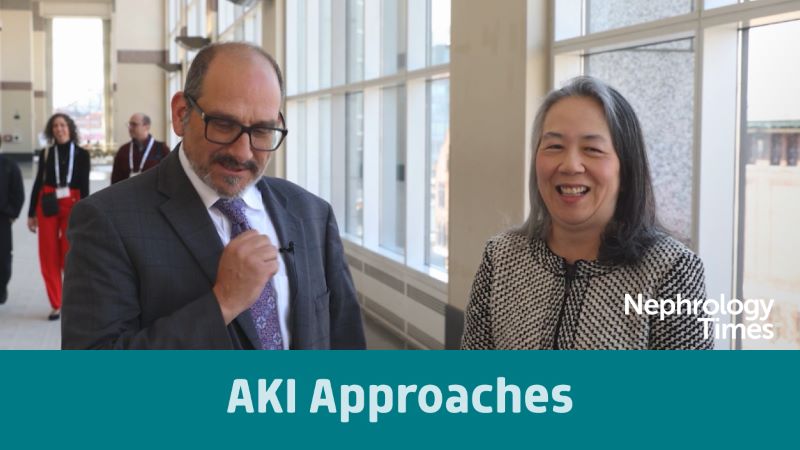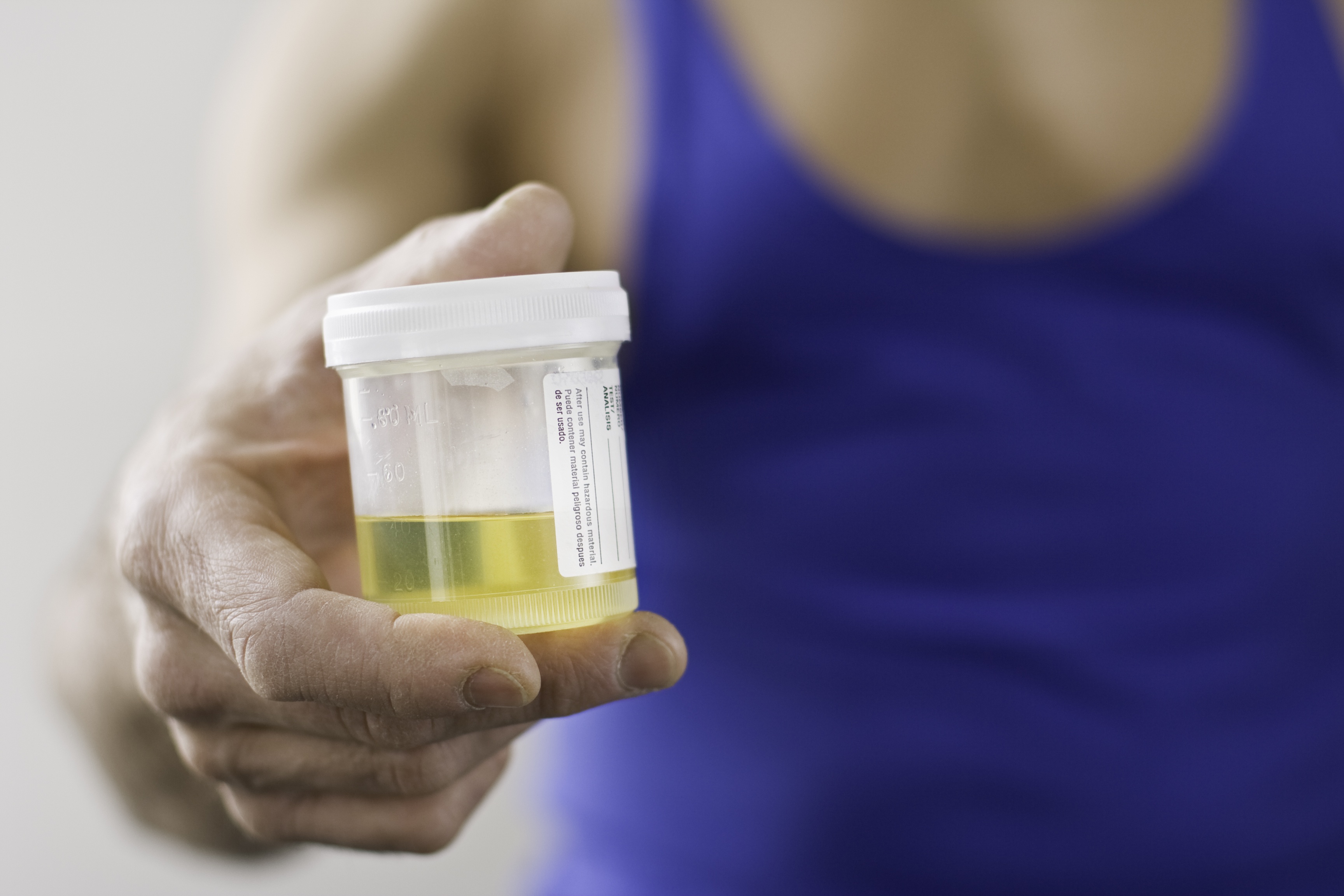
The Liver Meeting
As per a 2019 presidential executive order, advancing kidney health in the United States has been identified as a key public health priority. Patients with liver disease may develop hepatorenal syndrome (HRS), a life-threatening complication. In 2007, the International Club of Ascites classified HRS; since then, new definitions and diagnostic criteria have been proposed. It is a challenge to identify a diagnosis of HRS from a large database, limiting the ability to understand national practice patterns and outcomes.
In a virtual poster presented at The Liver Meeting, Andrew Allegretti, MD, MSc, and colleagues described two approaches to capturing HRS and/or acute kidney injury (AKI) from a large inpatient database. The poster was titled Hepatorenal Syndrome and Acute Kidney Injury in Patients with Liver Disease: National Practice Patterns and Outcomes from a Large US Database.
The researchers used the Premier Healthcare Database to identify patients hospitalized between January 1, 2017, and December 31, 2018, with an International Classification of Diseases diagnosis of HRS (HRS cohort) or AKI and liver cirrhosis (AKI cohort). The database included data from more than 1000 contributing hospitals. Patients with HRS and acute tubular necrosis were excluded from the AKI cohort and patients with total hospital length of stay <2 days were excluded from both cohorts.
The study evaluated patient demographics, clinical characteristics, treatments, and outcomes in the HRS cohort (n=13,061) and the AKI cohort (n=41,884). In the HRS and AKI cohorts, mean age was 60 years versus 65 years, 60.6% versus 57.5% were male, and 75.4% versus 76.0% were White, respectively. In each cohort, more than 90% of patients were admitted to the hospital via emergency or urgent care.
Of note, 90.2% of patients in the HRS cohort also had a diagnosis of AKI; midodrine and octreotide were administered in 36.2% of the patients in the HRS cohort. In comparisons of the HRS cohort to the AKI cohort, in-hospital mortality rates were 26.4% versus 9.1%, respectively. In the HRS cohort, the rate of discharge to hospice care was 19.0% and the rate of discharge to home or self-care was 21.4%. The rates of discharge to hospice or home/self-care in the AKI cohort were 6.9% and 39.2%, respectively. The average hospital length of stay was 10.9 days in the HRS cohort and 8.1 days in the AKI cohort.
In conclusion, the researchers said, “This study reports the real-world patient profile and outcomes of patients hospitalized with HRS and AKI. Descriptive data on HRS and AKI in patients with liver disease from a large database may help advance kidney health, consonant with a recent executive order. Further work to identify healthcare resource utilization and costs in this population is forthcoming.”
Source: Allegretti A, Boing E, Ahn S-W, et al. Hepatorenal syndrome and acute kidney injury in patients with liver disease: National practice patterns and outcomes from a large US database. Abstract of a virtual poster at The Liver Meeting, the annual meeting of the American Association for the Study of Liver Diseases (Poster 0650), November 13-16, 2020. Support for this poster was provided by Mallinckrodt Pharmaceuticals.







 © 2025 Mashup Media, LLC, a Formedics Property. All Rights Reserved.
© 2025 Mashup Media, LLC, a Formedics Property. All Rights Reserved.